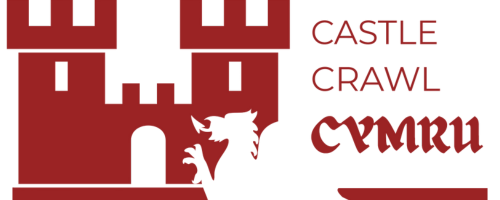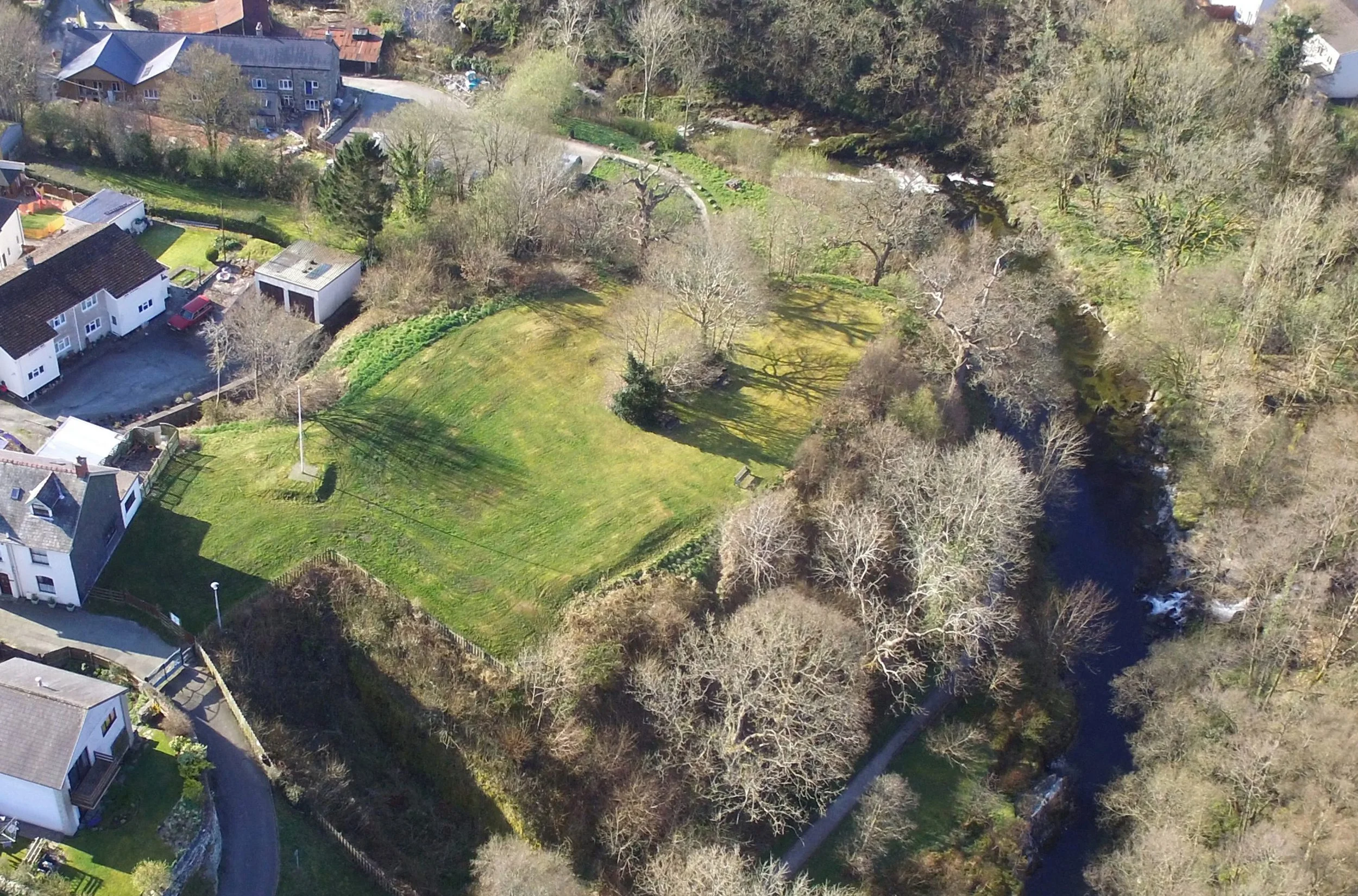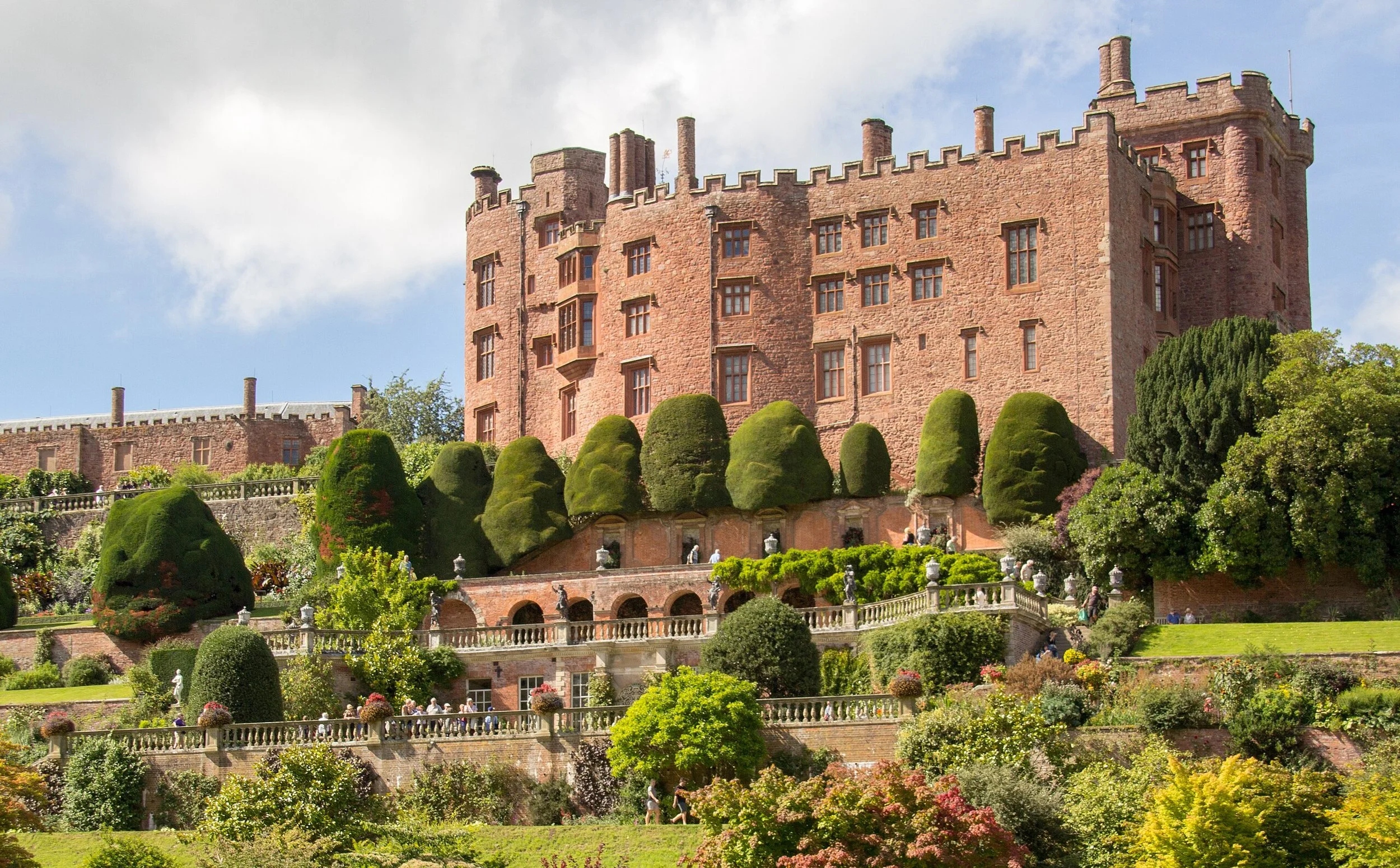Rhayader Castle | Visit Amazing Welsh Castles
Rhayader Castle was a medieval fortification built in the early 12th century in Powys, central Wales.
Though little remains of the original structure today, it played a strategic role in the contest between Welsh princes and Norman lords. The site lies in the town of Rhayader near the River Wye, a key route into the Cambrian Mountains. Its position made it an important military and administrative base during periods of conflict in the Welsh Marches.
Quick Facts
Name: Rhayader Castle (also known as Castell Gwrtheyrn or Castle Gwerthrynion)
Built: Circa 1177
Founder: Rhys ap Gruffudd (The Lord Rhys)
Type: Timber castle, likely with a stone curtain wall later
Location: Rhayader, Powys, Wales
Current Condition: Only earthworks and fragmentary remains visible
Historic Use: Military stronghold and regional administrative centre
Heritage Status: Scheduled Ancient Monument
Brief History
Rhayader Castle was built around 1177 by Rhys ap Gruffudd, also known as The Lord Rhys, a powerful Welsh prince of Deheubarth. It was likely constructed as part of his campaign to assert control over central Wales. The site was of strategic importance, controlling a river crossing and an entry point into the Cambrian Mountains.
Following Rhys’s death in 1197, control of the castle shifted frequently due to internal Welsh disputes and pressure from Anglo-Norman forces. In 1231, Llywelyn ab Iorwerth (Llywelyn the Great) captured and likely strengthened it. However, by the late 13th century, the castle lost its importance as military focus moved to larger stone castles under English control during the conquest of Wales by Edward I.
The castle was gradually abandoned. By the 14th century, it had fallen into ruin. Today, only low earthworks and some stone foundations survive, visible near Rhayader’s town centre.
Features and Layout
Rhayader Castle was originally built using timber, a common material for early Welsh and Norman fortifications. Its position on a slight ridge above the River Wye offered natural defences. The castle was likely surrounded by a wooden palisade and deep ditch. Later modifications may have included stonework, particularly in the curtain wall.
The layout probably followed a motte-and-bailey design, although no large motte remains visible today. Archaeological evidence suggests a rectangular enclosure with traces of stone wall footings and a gatehouse area. Earthworks still mark the outer perimeter, with a possible tower base at one corner.
Did You Know?
Historic surveys recorded that some stonework was still visible in the early 19th century, but much of it was removed and reused during the town's development.
A few worn steps and uneven ground near the churchyard are believed to align with parts of the original castle footprint.
Images



Legends and Stories
While Rhayader Castle is not associated with major legends like other Welsh castles, it is sometimes linked locally to the figure of Gwrtheyrn (Vortigern), a semi-legendary 5th-century ruler. The alternative name Castell Gwrtheyrn may reflect an older tradition or attempt to connect the site with early medieval folklore. However, no direct evidence ties Vortigern to this location.
Some local stories suggest the castle grounds were used as a place of trial and execution during the medieval period, though these claims remain unverified. Visitors to the nearby church of St Clement have reported seeing unusual markings and stone placements, sometimes attributed to remnants of the castle wall or reused masonry.
These stories have been mentioned in local heritage trails and informal guides available through Rhayader Tourist Information Centre and community websites.
Visiting
Rhayader Castle is managed as a Scheduled Ancient Monument (Cadw record RD132) and is located close to the town centre of Rhayader.
Access: There are no formal visitor facilities or an entry point. The site is visible as low earthworks and a ditch only. Public access may be unrestricted, but no formal paths or signage are provided.
Ticket Prices: No ticketing applies, you can view the earthworks at no cost, but there is no organised or guided approach.
Directions: The remains lie near the ridge by the River Wye in Rhayader town. They sit on the Gwrtheyrnion side of the river, within walking distance of the town centre.
Facilities: There are no on‑site facilities. The nearest refreshments and restrooms are located in Rhayader itself.
Dog Policy: As there is no managed site or enclosure, standard public rights of way apply. Dogs should be kept under control as access crosses town areas.
Did You know
Within local churchyard grounds near the castle, some uneven ground and worn steps probably align with parts of the original defensive footprint, likely reused masonry or foundational stones from the castle
Nearby Attractions
St Clement’s Church, Rhayader
Located just north‑east of the castle platform, the churchyard may contain reused stonework or remnants from the castle’s defensive outworks.
Rhayader town centre
Historic timber‑framed buildings such as the Old Swan (late 16th century) lie within a few minutes’ walk.
Elan Valley Visitor Centre
Approximately 10 miles to the west, this centre offers trails, dams and reservoir views. It's a well‑known nearby attraction.
Visitor Tips
Wear sturdy footwear, the site consists of uneven grassed earthworks with no formal paths
Combine your visit with Rhayader town centre, cafés, shops, and public toilets are nearby
Use OS maps or GPS, the castle has no signage and can be difficult to identify without guidance
Dogs are allowed, but keep them on a lead in public areas and churchyard
Visit nearby Elan Valley, ideal for walking or cycling after a short historical stop
FAQs
-
Only earthworks and minor stone fragments remain. No towers or walls survive above ground.
-
Yes. The site has no entrance fee. It is accessible on foot from the town, but there are no marked visitor facilities.
-
No. There are no on-site interpretation boards or signage. Visitors should research the location in advance.
-
Yes. As there is no official enclosure or managed access, dogs are welcome but must be under control.
-
You can park in Rhayader town centre. Several free and pay‑and‑display options are available within walking distance.
Wrapping it Up
Rhayader Castle is a little-known site that once held strategic importance in medieval Wales. Built by The Lord Rhys in the late 12th century, it played a role in the shifting power dynamics between Welsh princes and Norman lords. Although no structures remain above ground, the surviving earthworks provide insight into its original scale and defensive layout. The castle site, while unmarked and informal, offers an accessible glimpse into early Welsh fortification history for visitors to the Rhayader area.
Sources
Gatehouse Gazetteer
Provides official monument designation (RD132), site location, and historic summary.
https://www.gatehouse-gazetteer.info/Welshsites/904.html
CastleWales
Details the founding by Lord Rhys in 1177, later sieges, and basic layout.
https://www.castlewales.com/rhayader.html
Britain Express
Offers historical background, visitor observations, and surviving features.
https://www.britainexpress.com/wales/mid/castles/rhayader-castle.htm
Ancient Monuments UK
Lists site coordinates, Cadw classification, and condition report.
https://ancientmonuments.uk/131227-rhayader-castle-rhayader
Wikipedia
Provides town context, links to nearby attractions, and brief castle reference.
https://en.wikipedia.org/wiki/Rhayader
Heneb – Church Survey of St Clement’s
Mentions historic reuse of castle stone and connection to local ecclesiastical features.
https://heneb.org.uk/archive/cpat/Archive/churches/radnor/16940.htm




Aberystwyth Castle is a striking example of a coastal fortress built during the medieval period in Wales. It's found in the town of Aberystwyth, Ceredigion.